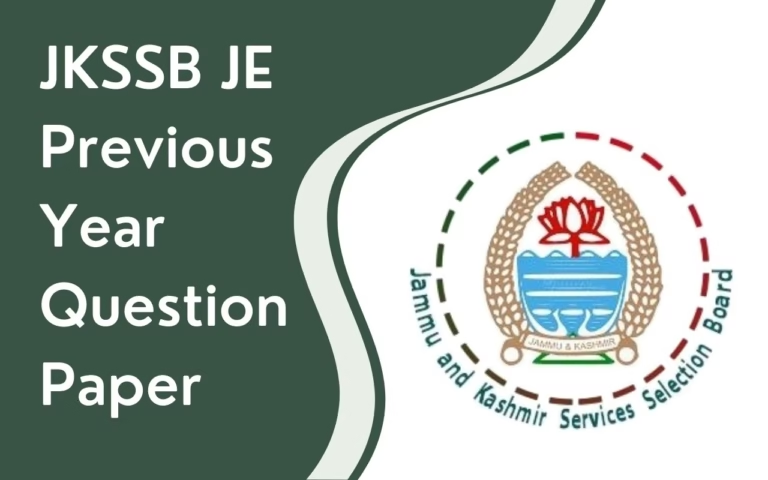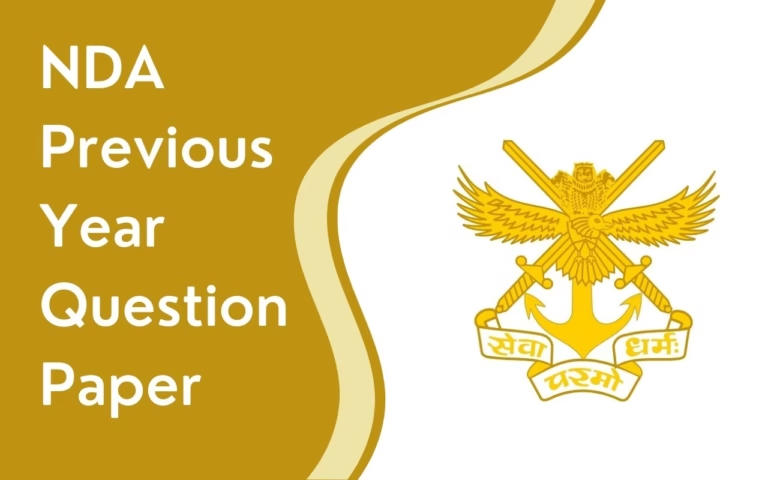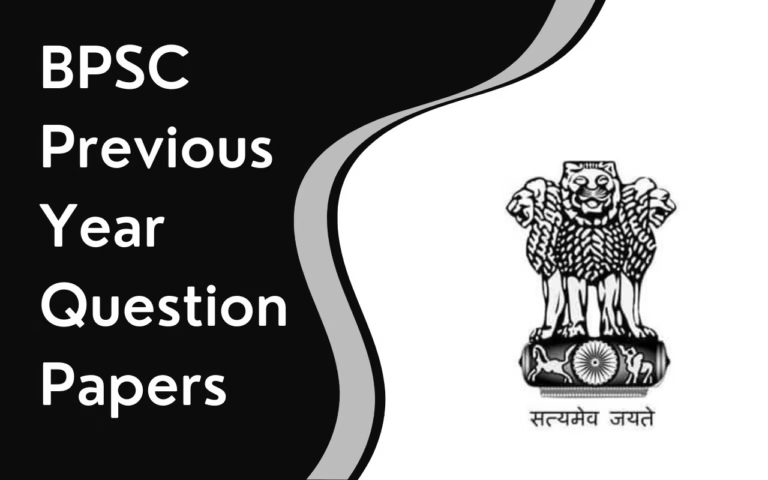Healthcare is a basic human right, but for years, access to quality medical services in India remained uneven. Urban areas flourished while rural and underdeveloped regions were left behind. In response to this deep divide, the Government of India launched the Pradhan Mantri Swasthya Suraksha Yojana (PMSSY), an initiative that seeks to bring reliable, affordable, and high-quality tertiary healthcare services to every corner of the country.
The Pradhan Mantri Swasthya Suraksha Yojana is a vision to bridge the healthcare gap between the rich and the poor, the cities and the villages.
What is Pradhan Mantri Swasthya Suraksha Yojana?
Launched in 2003 by the Ministry of Health and Family Welfare, the Pradhan Mantri Swasthya Suraksha Yojana aims to correct regional imbalances in the availability of quality tertiary healthcare services. It also strives to expand the capacity for medical education in India by establishing top-tier institutions like AIIMS and upgrading existing government medical colleges.
The initiative reflects a dual approach: setting up new AIIMS-like institutes and upgrading medical infrastructure where it already exists. Each new institute under Pradhan Mantri Swasthya Suraksha Yojana is equipped with modern facilities, specialty departments, and a strong emphasis on both undergraduate and postgraduate medical education.
The scheme is an essential part of India’s long-term health planning and is frequently referenced in competitive exams like UPSC. Its scope is massive, and its implications even more so, for students, health professionals, and the average Indian citizen alike.
Objectives of the Pradhan Mantri Swasthya Suraksha Yojana
The Pradhan Mantri Swasthya Suraksha Yojana serves multiple objectives, all geared towards building a robust health ecosystem that is accessible to all.
Reducing Healthcare Inequality
One of the foremost goals of the scheme is to reduce disparities in healthcare access. Many rural and backward areas of India do not have tertiary healthcare facilities. The scheme addresses this by establishing AIIMS-like institutions in various states, ensuring that even people from remote districts receive high-quality care.
Strengthening Medical Education
By setting up new AIIMS and upgrading existing government medical colleges, the Pradhan Mantri Swasthya Suraksha Yojana seeks to build capacity for medical education. It creates more MBBS and postgraduate seats, enabling the country to train a larger number of doctors, nurses, and healthcare professionals.
Encouraging Research and Development
Every AIIMS under this scheme is envisioned to become a centre of excellence in medical research. This contributes not only to improved patient care but also to the development of indigenous medical knowledge and innovations that can be replicated across the country.
Autonomous Institutions of National Importance
Through the AIIMS Act, all new AIIMS are declared autonomous institutions. This gives them the flexibility to innovate, hire the best faculty, and design curriculums that meet international standards.
Components of the Pradhan Mantri Swasthya Suraksha Yojana
The Pradhan Mantri Swasthya Suraksha Yojana operates on two major fronts, both equally vital in improving healthcare services and education:
1. Establishing AIIMS-like Institutes
Under this component, 22 new AIIMS have been announced across the country. These institutes come with:
- Minimum of 750 hospital beds
- 100 MBBS seats
- 60 B.Sc. Nursing seats
- 15-20 speciality departments
- Advanced modular operation theatres and diagnostic labs
These institutions are designed to serve not only as treatment centres but also as training grounds for future healthcare professionals. They are strategically located in underserved regions, helping to decentralise India’s healthcare delivery system.
2. Upgradation of Existing Government Medical Colleges
Another equally significant aspect of Pradhan Mantri Swasthya Suraksha Yojana is the upgradation of existing government medical colleges and institutes. This involves:
- Adding 8–10 new speciality departments
- Increasing bed strength by 150–250 beds
- Creating 15+ postgraduate medical seats
- Improving infrastructure and equipment
This helps older institutions match the standard of new AIIMS and provides a strong network of modern healthcare centres across the country.
Concerns Highlighted by the CAG Report on PMSSY
Despite its noble intentions and critical need, the Pradhan Mantri Swasthya Suraksha Yojana has not been without challenges. In 2018, the Comptroller and Auditor General (CAG) of India conducted a detailed review and highlighted several areas of concern:
1. Absence of Operational Guidelines
The CAG noted that no operational framework was set up even years after the scheme’s launch. As a result, several decisions were taken in an ad hoc manner, which led to delays and increased costs.
2. Underutilisation of Funds
One major issue was that a significant portion of the allocated funds remained unutilised. Reasons included delays in project approvals, slow procurement processes, lack of human resources, and pending utilisation certificates.
3. Delays in Construction and Equipment Installation
Work on several AIIMS projects was delayed by up to five years. Poor contract management, improper estimation of scope, and inadequate monitoring were responsible for these setbacks.
4. Shortage of Qualified Faculty
The scheme also suffered due to a serious shortage of qualified faculty and medical staff. In some cases, departments had to depend on contractual employees, which compromised the quality of services and education.
5. Dysfunctional Monitoring Committees
Committees set up to oversee implementation at the national, state, and institutional levels were found to be non-functional. The lack of accountability and oversight further delayed progress.
These findings underline the urgent need for robust monitoring and a performance-based implementation strategy to ensure that the Pradhan Mantri Swasthya Suraksha Yojana meets its full potential.
Significance of PMSSY in India’s Health Ecosystem
The Pradhan Mantri Swasthya Suraksha Yojana is not just a bureaucratic programme, it is a deeply transformative vision that addresses India’s most critical health challenges.
A Lifeline for Underserved States
By expanding AIIMS-like institutes to states like Assam, Bihar, and Jharkhand, the scheme provides a life-saving alternative to people who earlier had to travel hundreds of kilometres for specialised treatment.
Boost to Medical Human Resources
India faces an acute shortage of doctors and nurses. By creating more educational seats and enhancing infrastructure, the scheme helps address this shortage systematically.
Encouragement for Medical Research
Institutes under PMSSY are encouraged to focus on research that is locally relevant and globally significant. This ensures that India remains on the frontlines of medical innovation.
Empowerment Through Healthcare
Healthcare empowers people. When a citizen can walk into a hospital with confidence that they will be treated well—regardless of their financial background, it brings dignity, hope, and social justice.
Challenges Ahead and the Way Forward
The road ahead for the Pradhan Mantri Swasthya Suraksha Yojana is both promising and filled with responsibilities. It is crucial that the government addresses the gaps pointed out in audits and strengthens monitoring mechanisms.
Need for Better Governance
Effective governance, strict adherence to deadlines, and transparent procurement processes are key to restoring public trust and ensuring successful implementation.
Public Awareness and Accountability
Citizens must be made aware of the scheme and encouraged to hold local administrations accountable. Public participation is essential for such large-scale initiatives.
Focus on Quality and Equity
Future planning must ensure not just quantity (number of beds, institutes, etc.) but also quality of services and equity in access. A truly healthy India is one where every citizen, urban or rural, rich or poor, has equal access to life-saving care.
| Also Check: | |
| Pradhan Mantri Kaushal Vikas Yojana | Pradhan Mantri Jan Dhan Yojana |
Pradhan Mantri Swasthya Suraksha Yojana FAQs
What is the main aim of Pradhan Mantri Swasthya Suraksha Yojana?
The scheme aims to reduce regional imbalances in healthcare and enhance medical education infrastructure across India.
When was Pradhan Mantri Swasthya Suraksha Yojana launched?
It was launched in 2003 by the Ministry of Health and Family Welfare.
How many AIIMS are being set up under PMSSY?
A total of 22 AIIMS institutes have been announced, with several already functional.




